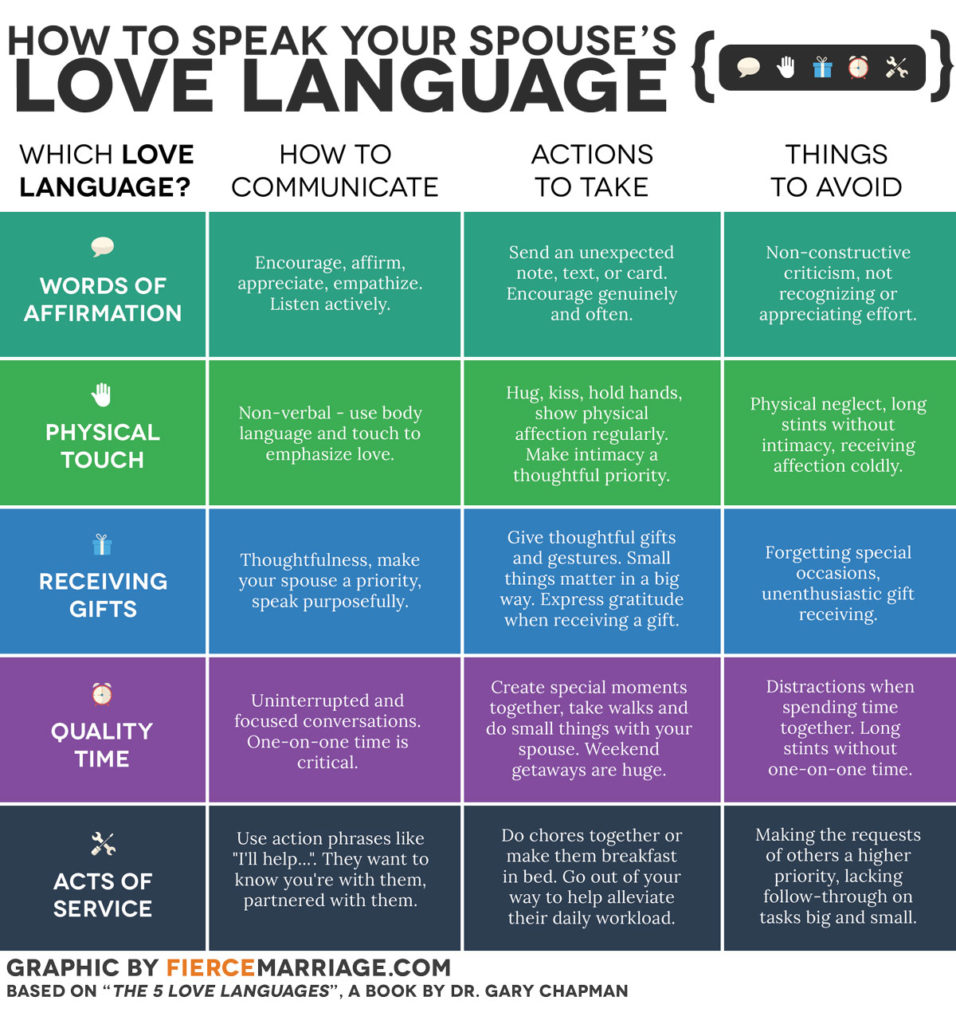
Valentine’s Day, the annual celebration of romantic love, is fast approaching. It is a day that encourages us to show our romantic partners that we care for them through gestures such as gift-giving or spending quality time together. Although some of us might not celebrate Valentine’s Day, communicating ‘I love you’ to our partners is an important concept that can enable us to have healthy and happy romantic relationships at any time of the year.
For many, romantic relationships are one of the most meaningful parts of our lives, providing a sense of fulfilment, contentment and meeting our inherent need for human connection and intimacy. However, over time, relationships can be hard to maintain and can fall into traps of poor communication, high conflict and unmet needs due to challenges such as parenthood, financial stress or life changes.
Therefore, this month, we will look at how you can keep your relationship healthy and happy through improving your communication with your partner by understanding the concept of Love Languages. Whether you are in a romantic relationship or not, understanding how to effectively communicate your love and affection for someone can be useful for any type of relationship.
According to research, a healthy relationship is defined as having the following key qualities:
The Benefits of a Positive Relationship
The science behind romantic relationships has found that romantic love activates the release of dopamine in the brain. This hormone causes us to feel euphoric, giddy and excited and has many long-term benefits to both individuals in the relationship.
Having a healthy and happy relationship is incredibly important to our happiness and satisfaction levels as well as having a strong level of influence over our mental health and wellbeing. Research shows individuals in healthy and happy romantic relationships, in comparison with unhealthy relationships, enjoy:
Relationships are so influential on the wellbeing of both partners that research has found that relationship conflict is a major trigger for mental health difficulties. A study carried out in 2008 by Barbato and D’Avanzo compared the effects of couple’s therapy vs individual therapy on treating symptoms of depression. Results found that couples therapy was more effective at treating depression than individual therapy when the depressed individual was part of a couple as it reduced the prevalence of relationship conflict.
Communication
One of the key contributors to relationship conflict is ineffective communication. Communication is defined as a means of sending or receiving information. Communication does not just include talking, but also body language, posture, actions and voice tone. We send messages to our partner with all of these methods of communication every day. However, these messages can get lost in translation with partners often not receiving the messages you thought you were sending.
Good communication is an important part of all relationships, being an essential part of any healthy relationship. Healthy communication can make it easier to deal with the ups and downs of life, reduce conflict, and build a stronger connection to your partner.
After years of being in a relationship, it is very common to find that communication breaks down, with both partners not feeling able to understand their partner, or feeling understood by them. One of the biggest issues faced in couples is feeling unloved by their romantic partner. According to Jeff and Shaunti Feldhahn’s 2003 study, 82% of women regularly feel insecure in their partner’s love for them.
Feeling unloved or not prioritized by your partner can lead to disconnection in the relationship. Studies show that emotional disconnection is one of the key reasons that couples become unhappy. Without feeling loved and prioritized, a couple will often experience more relationship conflict, difficulty making decisions, lower happiness levels, higher stress levels and mental health difficulties.
The Five Love Languages
One way of helping both partners feel loved and prioritised in romantic relationships is Dr. Gary Chapman’s concept of the Five Love Languages. His best-selling book called The Five Love Languages: The Secret to Love That Lasts aims to help couples identify, understand, and speak using their partner’s love languages. Originally published in 1992, it has maintained popularity due to its simplicity in reminding couples to focus on helping each partner feel loved.
A love language is defined as a way to express and understand emotional love. He claims there are five main ways people show their affection which tend to correlate with how they prefer to receive affection.
These include:
Chapman states that people do not have to have just one love language, they might have a mixture of a few, or value all five. Most people have a primary and a secondary love language within the theory. According to Chapman, once an individual’s partner expresses love to them with one of their love languages, they will feel valued, loved and appreciated and happier in their relationship.
We often gain our love language/s as children from how our parents expressed love to us. For example, if your parent/s showed you love through going out for parent-child time together, you might struggle to feel loved unless you and your partner go out for couple time.
Chapman’s system helps couples:
Speaking to your Partner’s Love Language
1. Take the test to discover your love language
Chapman has a free online test to help you discover your love language. Try it here.
2. Ask your partner how they most feel loved
Studies show that couples often feel confident that they know what their partner is thinking or needing, however when tested, these predictions are inaccurate 65% of the time. Set time aside that is uninterrupted to talk to your partner about how they feel most loved. You might also ask them if they would like to take the test.
3. Make a plan
Use the below table provided by fiercemarriage.com to help discuss what you actions you will take and what actions you will avoid to help both partners feel loved. Make sure to start with one or two actions to focus on such as doing the washing up or going to the movies once a week. Starting small makes it achievable and boosts morale in the relationship.

4. Give it a go
Try out focusing on speaking your partner’s love language and looking for your partner’s efforts as well to speak yours. Keep track of what you tried and what response you received from your partner as well as what your partner tried and how you felt as a result.
Remember it is an experiment and a means to start looking at the behaviours and actions in your relationship that do and don’t make you feel loved and prioritised. If you or your partner do something that makes either partner feel unloved, write it down and keep track.
5. Make Time to Reflect
Make sure to check in regularly with your partner to discuss how loved you are both feeling and what you can both do to support each other.
Take a look back at the notes you have made and continue to fine tune your communication with each other.
Final Words
Chapman’s Love Languages are a powerful tool that can improve the communication in any relationship. Feeling loved and prioritised is essential in healthy and happy relationships, leading to benefits in your happiness levels, physical health and mental health. This Valentine’s Day, why not make the time to ask your partner how they would like to be shown love, the results may surprise you.
There is no set of rules that determines whether you might wish to seek professional help in your relationship. Many people seek relationship counselling as they might need assistance with:
P: 1300 364 273 | Text or Live Chat: 0401 337 711 | W: acaciaconnection.com